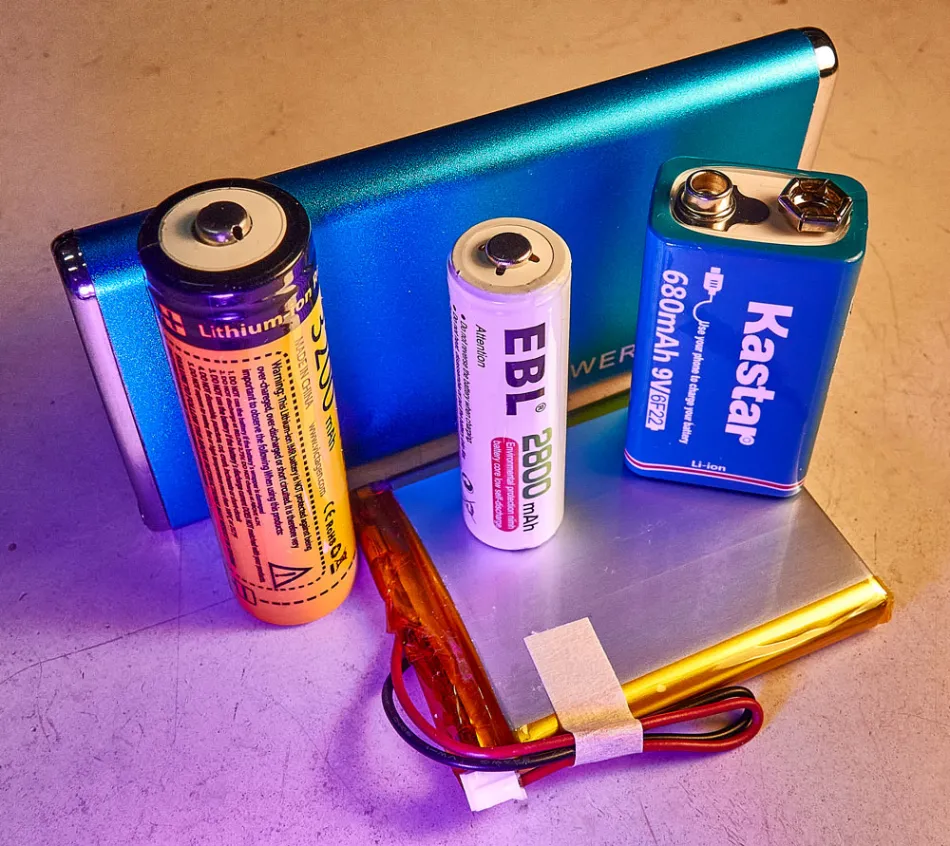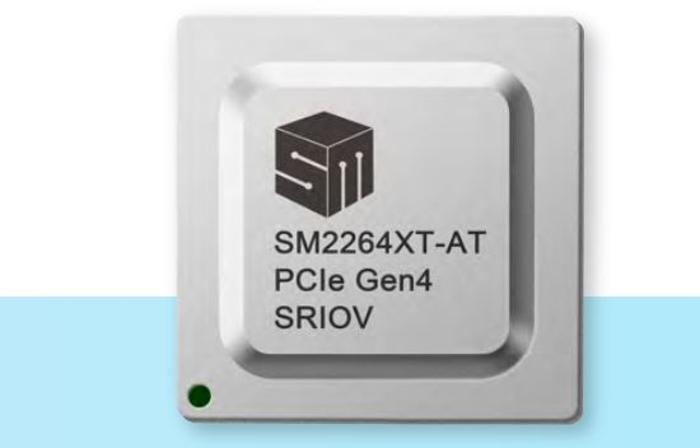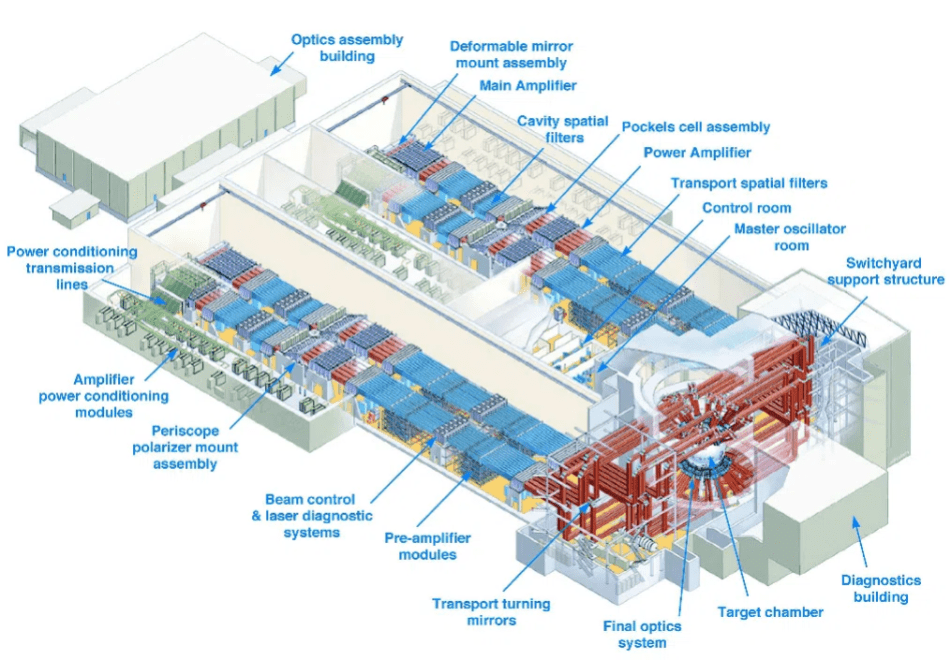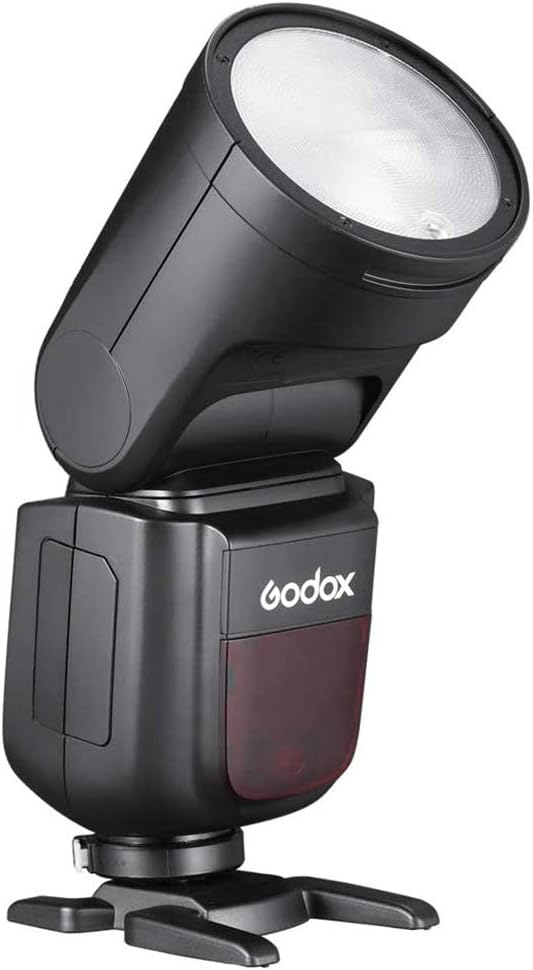
Using lightning as an energy harvesting source
- Components
- 2023-09-23 22:09:20
We’re always looking to harvest energy from diverse, nominally “free” sources such as wind, water, solar, and even less-dense possibilities such as vibration and friction. Then there are lightning strikes which are potential energy sources are wasted, as well as often being destructive. (Lighting strikes are surprisingly common; the European Meteosat Third Generation satellite launched in December with cameras which can track and record lightning strikes, even the smallest and fastest ones, day and night, over more than 80 percent of Earth’s surface.)
Could that wasted-energy situation change? Unlikely – but as we know, it’s “never say never” when it comes to technology and advances. Back in January, a European-based team published an interesting paper in Nature Photonics with the surprisingly simple title “Laser-guided lightning.”) It detailed how they blasted repeated pulses from a high-power laser to guide lightning strikes that were as far as two miles away down to a relatively small, grounded rod near their Swiss-mountain setup, Figure 1 [1].
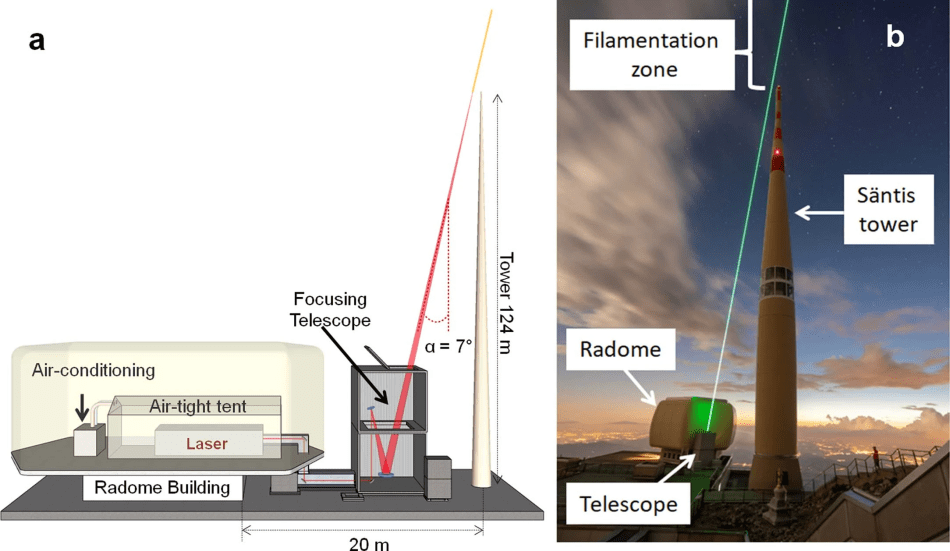
Figure 1 a) Layout of the experimental setup on top of the Säntis Mountain in Switzerland. b) Photography of the experiment with the second harmonic of the laser beam used to visualize the laser path. Source: “Laser Guided Lightning”, Nature photonics, 2023



The likely explanation is that the laser pulses super-heated the air, which caused the air to become electrically conductive along the path of the laser, Figure 2.

Figure 2 Snapshots of the lightning event of 24 July 2021 recorded in the presence of the laser. Source: “Laser Guided Lightning”, Nature photonics, 2023
This ability to perhaps direct a lightning strike brings up an obvious question: why not channel this energy to some sort of energy storage system (ESS)? After all, that energy is otherwise wasted since it is truly and literally grounded. (I’ve even seen so-called “experts” suggest this as a no/low-cost energy source.)
If only it were that easy. A good first question is this: how much energy and power is there in a lightning strike? The answer spans a wide range, but according to Tess Light in the Space and Remote Sensing group at Los Alamos National Laboratory, lightning is “both incredibly powerful and crazy fast” and each strike delivers about fifty thousand amps in just microseconds, with a megavolt punch.
Furthermore, while each strike delivers around five or ten gigajoules of energy (one GJ = 109 joules), much of that energy is lost in heating the air and so is not “capturable” electrical energy. (To give you some sense of scale, a large EV battery has a capacity of about 100 kilowatt hours, or 3.6 × 108 joules.) So even though lightning does seem to have a lot of energy, it’s really not that much and you’d need a lot of strikes.
Why not make it simple, and use a totally passive, simple lightning rod? The answer has to do with the lightning rod’s range of effectiveness.
Although the exact number is a function of atmospheric, ground, and other conditions, a general guide is that a standard rod can attract lightning within a radius equal to its height. Thus, you’d need a large “farm” of lightning rods with some combination of a large amount of land area and tall rods. The laser-based scheme increases the capture area and decreases the rod height requirements.
There’s yet another issue: Is directing lightning via lasers worthwhile from an energy-balance viewpoint? Even if it is technically viable, the laser scheme has its own major drawback, as it uses a lot of power itself. The researchers used a Yb:YAG laser emitting picosecond pulses at 500 MJ energy with a wavelength of 1,030 nm and a 1-kHz repetition rate. In other words, the energy cost of driving the lasers was greater than that of the captured lightning.
This imbalance is somewhat analogous to the recent fusion “success” report from the National Ignition Facility (NIF) in California. They focused about 2 MJs of energy from hundreds of lasers onto a tiny capsule of fusion fuel, sparking an explosion that produced about 3 MJ of energy. While this is a breakthrough in many ways and took years (and $) to happen, the laser-drive subsystem itself is only 1% efficient, so about 200 MJ was needed as the total project input energy—not a winning equation.
Even if the power-balance was favorable for harvesting lightning, it still doesn’t address another intractable problem between captured lightning and any known ESS. How do you get that much power (the rate of energy transfer) into the battery? No existing battery or ESS could survive that enormous power surge—and that’s what it is.
Of course, the next step in such research almost always involves “bigger” and “more money.” The lead researcher was quoted in news reports as saying that they would like to increase the distance that the laser can guide the lightning to hundreds of meters. That is theoretically possible with a bigger, more powerful laser, but the prototype laser used in this demonstration cost 2 billion euros. (If that’s out of your budget, you may have to stick with something simpler, such as a four-transistor DIY lightning detector, see “Simple analog-centric circuits expand STEM perspectives.”)
There’s an interesting historical link to this entire lightning-capture story. Before current-flow electricity as we use today existed, Benjamin Franklin actually captured some lightning energy in a Leyden jar (an early type of capacitor) during his famous kite-flying experiment. This is not myth or legend, as it was properly documented at the time (the Wikipedia entry “Kite experiment” has a clear discussion and credible reference links).
Franklin split the kite’s “downlead” by using wet hemp string as a conductive lead to the Leyden jar and an insulating silk thread on the other branch to his son who was flying the kite, who stayed in a shed so as to not get wet. He succeeded in showing the relationship between static electricity and lightning before electricity (static or otherwise) was understood or had any practical uses.
As for harvesting lightning today, it looks like it’s the same story: no matter how attractive it may seem at first, large-scale energy harvesting doesn’t come easy, and there is no “free lunch” out there.
Bill Schweber is an EE who has written three textbooks, hundreds of technical articles, opinion columns, and product features.
Related Content
Lightning strike becomes EMP weaponInnovative IC can’t trap lightning, but can let you know it’s comingLightning rod ballForget Tesla coils and check out Marx generatorsUsing lightning as an energy harvesting source由Voice of the EngineerComponentsColumn releasethank you for your recognition of Voice of the Engineer and for our original works As well as the favor of the article, you are very welcome to share it on your personal website or circle of friends, but please indicate the source of the article when reprinting it.“Using lightning as an energy harvesting source”


